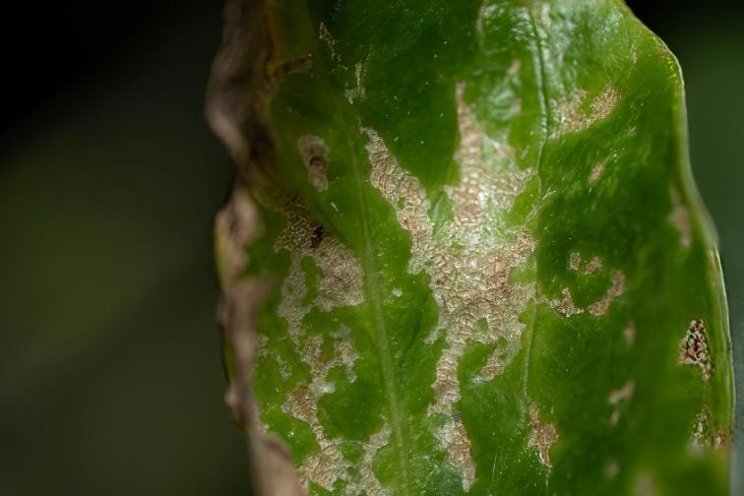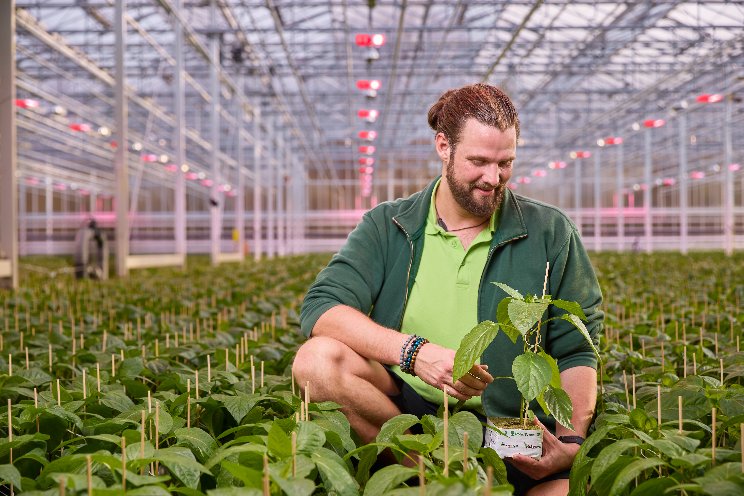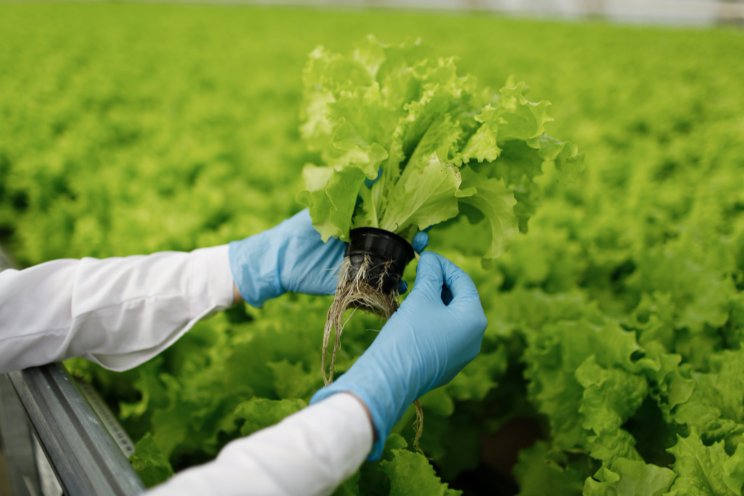Florida growers monitoring spread of invasive thrips species
Added on 12 April 2023

The insect, Thrips parvispinus — commonly known as pepper thrips — is one of the smallest thrips species in Florida. Its size makes it challenging to detect. The tiny insects fly and hop from plant to plant, rasping the plant with their mouth parts and sucking the sap. Feeding on the plant restricts the plant’s growth and reduces crop yields. Researchers don’t know of any viruses this species transmits, but often, thrips can transmit viruses between plants, killing the plants.
“In order to minimize any kind of negative impacts, we started warning people right away that this pest had made its way to Florida,” says Lance Osborne, University of Florida/Institute of Food and Agricultural Sciences (UF/IFAS) entomologist at the Mid-Florida Research and Education Center in a recent blog post from UF/IFAS. “We better be careful. This insect is notorious for damaging peppers around the world, but now it has moved from the greenhouse to the environment and has established itself in several areas around the state.”
Currently, scientists don’t know of any effective predators or other biologicals that attack Thrips parvispinus in Florida, and chemical control has been very difficult. That makes early detection and prevention even more important.
Photo: A close-up of Thrips parvispinus damage on a pepper leaf; Credit: University of Florida
More news















